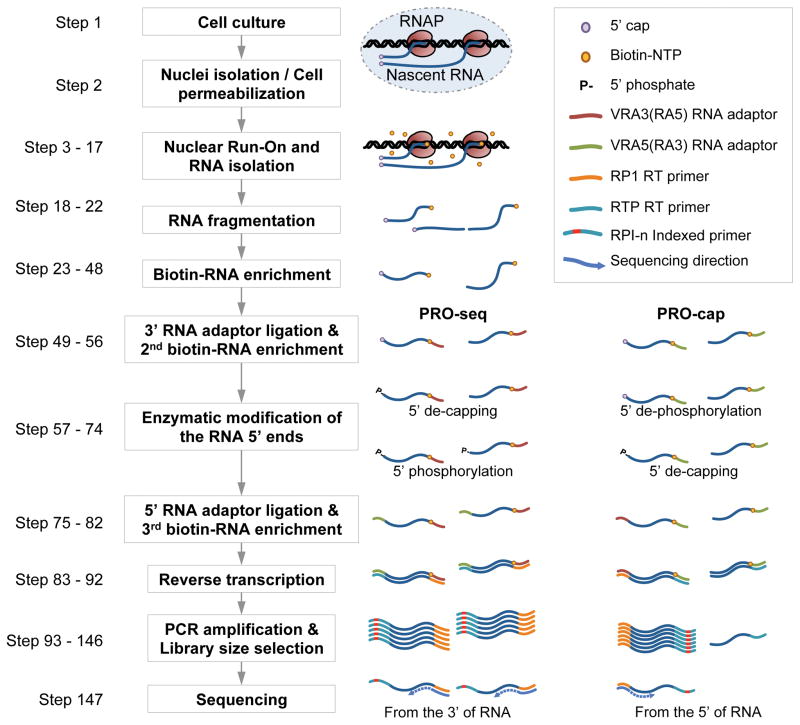Figure A.1. Flowchart of the PRO-seq and PRO-cap protocol.
Stages of the procedure are outlined along with schematics indicating the statuses of the RNA polymerase and the nascent RNA. PRO-seq and PRO-cap share common steps, but are different at the adaptor ligation, reverse transcription, and 5′ modification stages. In PRO-seq, the 3′ RNA adaptor is modified to have the reverse complement sequence of a standard 5′ RNA adaptor. Similarly, the 5′ RNA adaptor and the reverse transcription primer are modified for PRO-seq. This allows 3′ sequencing of the RNA on a standard Illumina platform. For PRO-cap, standard small RNA adaptors are used, and results in a 5′ sequencing as usual. In the 5′ modification step, PRO-seq RNAs are de-capped and re-phosphorylated to ensure all RNA is accessible for 5′ RNA adaptor ligation. PRO-cap RNAs are de-phosphorylated first to convert all forms of 5′ end except for the 5′ capped ends to a 5′ hydroxyl end, in order to restrict the ligation of 5′ adaptor only to the cap containing nascent RNAs after cap removal . Then the 5′ caps are converted to 5′ monophosphates using the tobacco acid pyrophosphatase, and can be ligated to a 5′ RNA adaptor.

